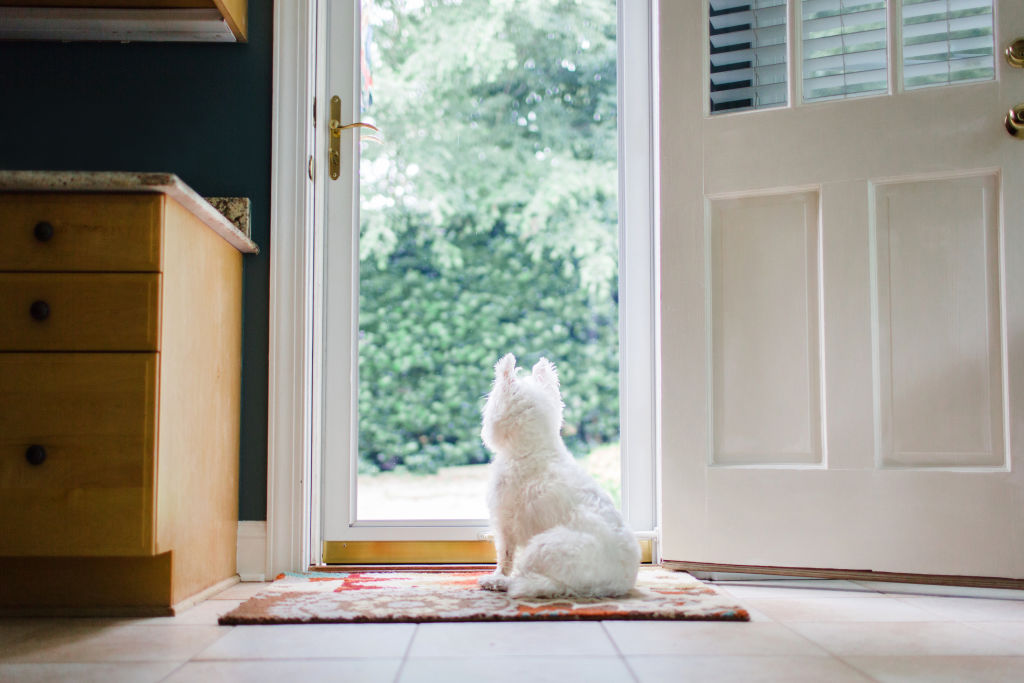How to pet-proof your investment property for greater returns

Most people love pets but, when it comes to allowing them into your investment property, that enthusiasm can wane.
A pet-friendly rental home, however, is always popular and can command a higher rent because of the sheer number of tenants looking for homes they can share with their furry friends.
At the same time, recent changes to the legislation in many states have made them harder to ban.
So the perfect solution may be to pet-proof properties in advance of letting them out, to minimise the chances of any damage.
“It does open up your property to a wider audience which is always helpful, particularly after so many more [have] bought pets during COVID-19,” says Dylan Simpson of Queensland’s Plum Property Management.
“You don’t want to close your door to people who might be great tenants and tend to stay for longer terms.”

“So then we always recommend hard-wearing flooring, like tiles, over highly-polished timber that can get scratched or carpet that can be frayed by both cats and dogs. Wallpaper is also not such a great idea.”
“But if you have a small courtyard or outdoor area, particularly, your property will be in great demand,” he adds.
Those renting out on short-term holiday-let platforms can be even more nervous about allowing animals as there’s a much higher turnover of renters.
As a result, the majority don’t permit pets but, when they do, they tend to charge higher cleaning fees for a deeper clean at the end of each stay, and sometimes a bigger security deposit, says Winston Ong of short-term property management partner company MadeComfy.
“If an owner wants to allow pets, we advise them to look on a case-by-case basis,” he says.
“But it’s definitely a chance to get more bookings as many people these days like to holiday with their pets.
“We do always recommend furnishing a place with sturdy furniture and sofas with cushion covers that are machine-washable.”
There are plenty of other pet-proofing measures property investors can take, too.

These include good-quality finishes that stand up to scratching and chewing, and fewer marble surfaces that can stain at the slightest splash of liquid.
Nadia Crighton from Pet Insurance Australia says owners should begin by looking around their property and making sure it is in good condition.
Any flaws could be aggravated by pets.
“It’s important to secure fences, make sure there are no inviting dig spots under fences, and secure gates for any small areas that a smaller dog or pup may push through,” she says.
“Any holes in floorboards could also potentially be made worse by pets and could actually be dangerous if small dogs or cats try to squeeze through.
“For furnished homes, in particular, there are some nifty products on the market that can keep hanging cords tidy and out of reach of curious noses and paws. And, before you put in any indoor plants, make sure they’re not toxic for cats and dogs.”
It may be less trouble not to admit pets in the first place but, as Simpson says, that may not be so wise in the long term.
“Some of our best tenants are those with pets,” he says.
“They love their pets and are so keen to stay, they can be more careful than those without.”
We recommend
We thought you might like
States
Capital Cities
Capital Cities - Rentals
Popular Areas
Allhomes
More










